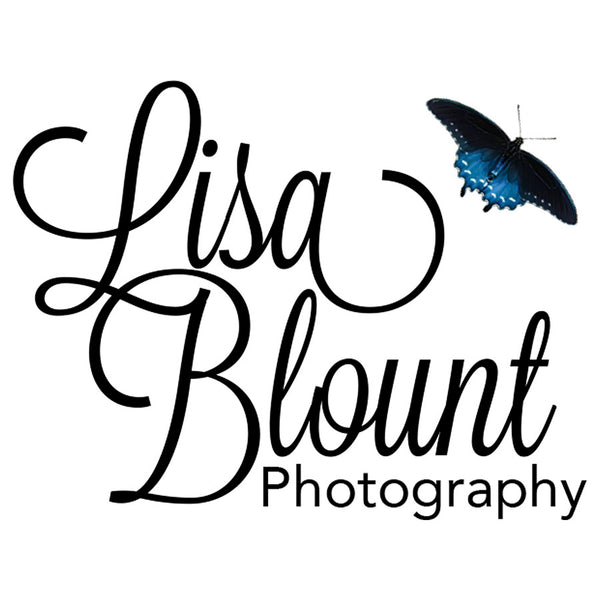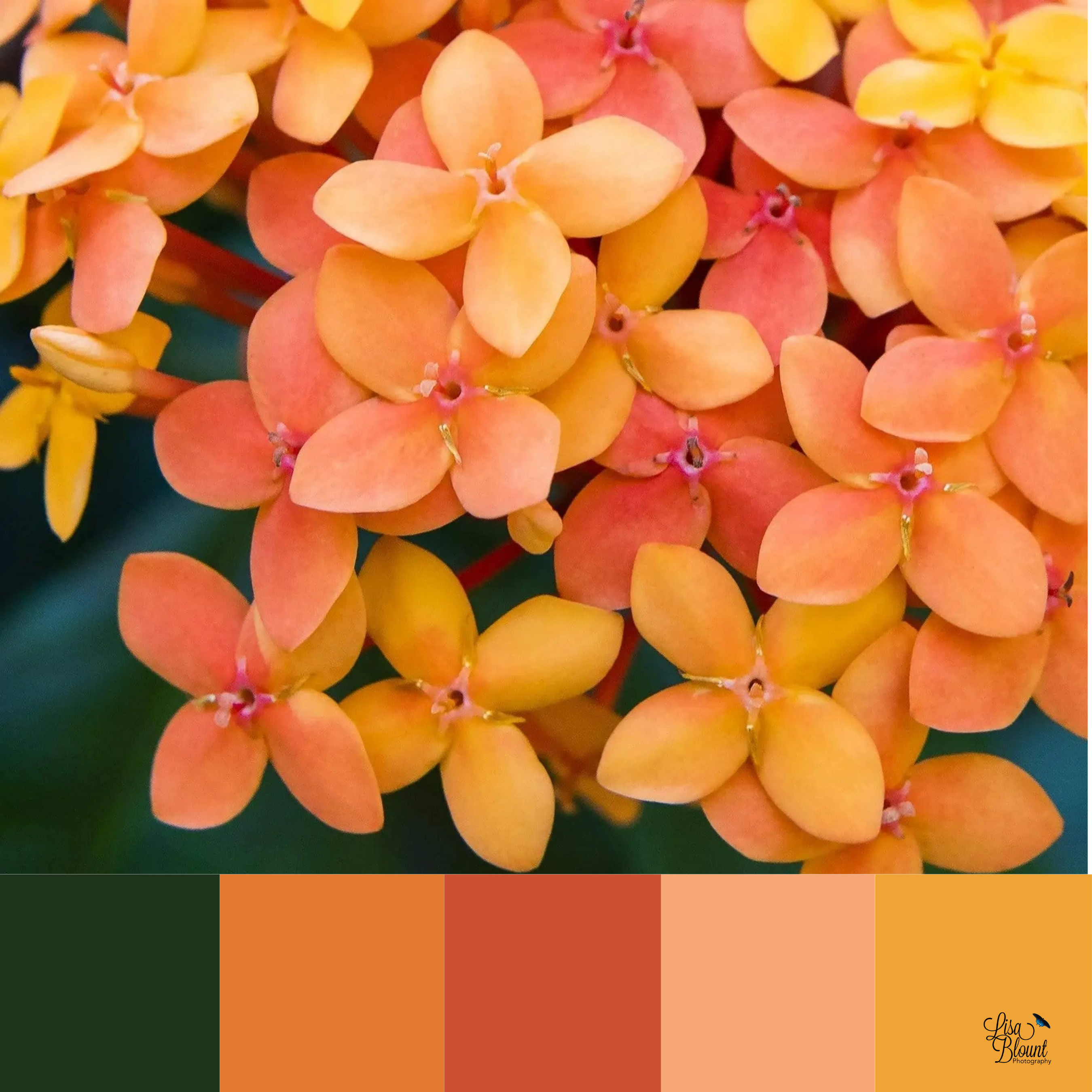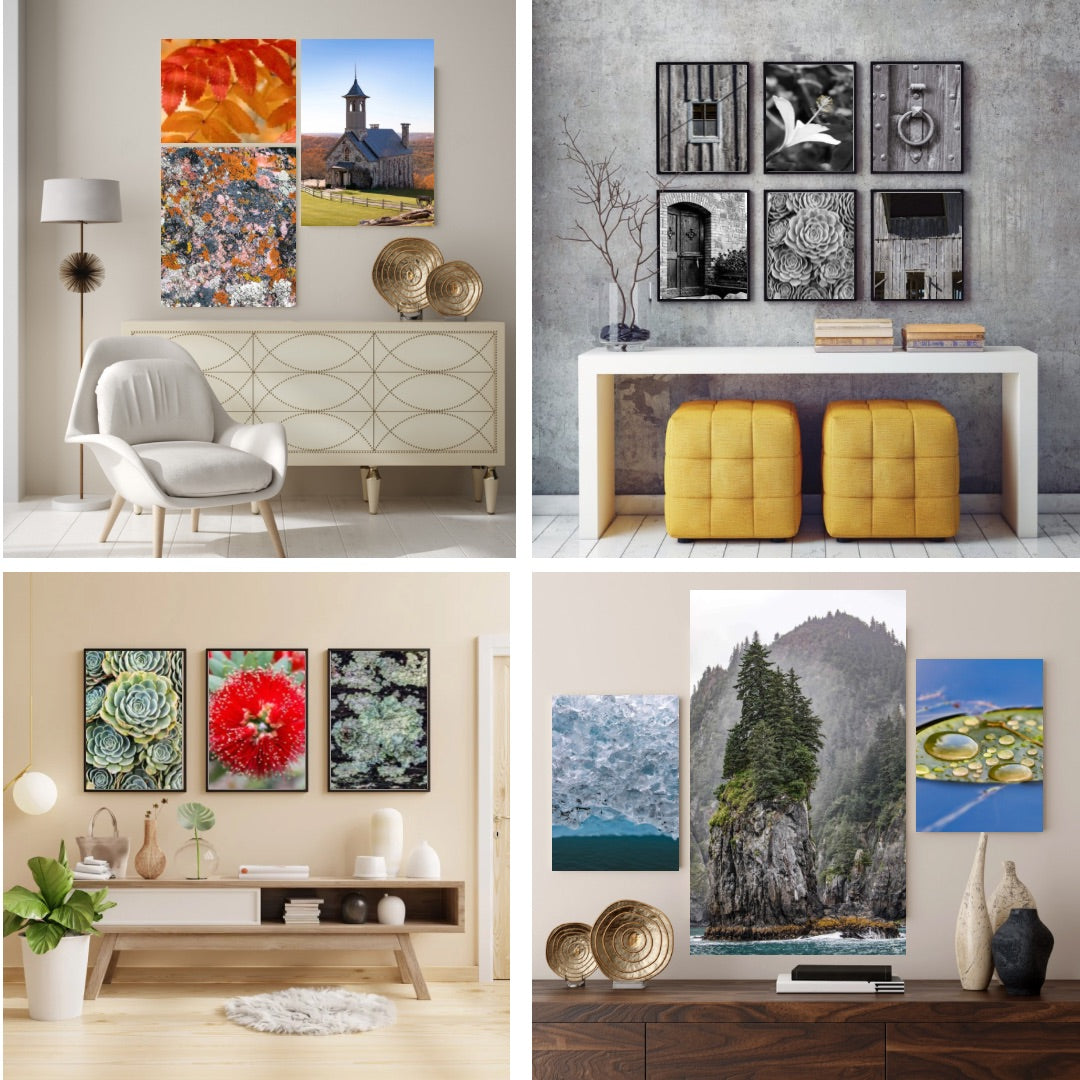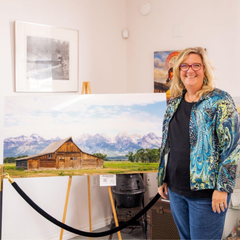A Design Take on the Power of the Unfamiliar
I’ve always been drawn to work that does more than just match the pillows. Art should move you, challenge you, and invite you to linger. And when it comes to that kind of emotional, sensory experience—abstract nature photography delivers in a way that few other art forms can.
It’s not just a trend, and it’s not random shapes on a wall. Abstract nature photography is about seeing the world differently. It’s about stripping away context and letting color, texture, shape, and light take center stage. And in home design, it creates a kind of magic—a visual pause button that draws people in, even if they don’t quite know why.
The Allure of the Undefined
One of the biggest reasons abstract photography is so appealing is because it doesn’t tell you what to think. It whispers, instead of shouting. That freedom—the ability to make your own interpretation—is incredibly powerful, especially in a world that’s full of headlines, notifications, and… noise.
In a well-designed room, abstract art becomes the punctuation mark. It allows the eye to rest, but the mind to wander. Clients often ask me, “What is that supposed to be?” And I love replying, “What do you see?”
Take SHELL CANYON LICHEN for example. It’s a close-up photograph of natural lichen growing on rock, but you wouldn’t know that at first glance. What you notice are the vibrant splashes of orange, pink, gray, and white—almost like someone flung paint across stone. It feels spontaneous and bold, yet deeply organic. I’ve used this piece in everything from sleek modern offices to bohemian living rooms because it adapts. It becomes what the viewer needs it to be: energy, emotion, expression.
Color, Texture, and Emotion—Abstract’s Winning Trio
Abstract nature photography lets you focus on the core elements of art—especially color and texture—which are some of the most powerful tools in a designer’s toolkit. A single hue can change the entire mood of a room. A texture can make a sterile space feel grounded and tactile.
SUCCULENT BEAUTY is one of those pieces that stops people in their tracks.
It's a close-up of a green hen and chicks succulent, but it reads like a spiral of energy. The natural symmetry of the plant becomes almost hypnotic. There’s a tension between control and wildness. And because it’s a real plant, there’s a subtle grounding effect that complements even the most refined interiors.
Green tones like this are incredibly calming—which is why biophilic design (the practice of incorporating nature into interiors) has become such a strong movement in recent years. When clients want their space to feel restorative and fresh, abstract nature photography gives us that bridge between modern style and natural balance.
Zooming In Creates Room for Wonder
Another reason abstract photography is so appealing: it often comes from zooming in. You’re not looking at the whole mountain range—you’re looking at the water droplets on a single leaf. And that intimacy creates curiosity.
COLOR OF BANANA LEAVES is a prime example.
The photo focuses on a single banana leaf—specifically, the orange vein running through its center. The rest of the leaf is a medley of green shades, soft gradients, and fine vein lines. There’s no dramatic background, no landscape context—just the quiet rhythm of nature’s pattern, elevated to art. It works beautifully in spa-like bathrooms, tropical-inspired kitchens, or anywhere you want to add color without being literal.
What’s fascinating is how many people don’t realize what they’re looking at. And that’s the beauty of it. When you step back, it might remind you of fabric, water, or a topographic map. That ambiguity is what invites people to come closer. It gives them a moment of pause—and in good design, that moment is everything.
Abstract = Accessible
Some clients worry that abstract art will be “too out there” or “too hard to understand.” But actually, abstract photography can be one of the most approachable kinds of art, especially in home settings. Why? Because it meets you where you are. You don’t need to know the story behind the photo. You don’t need an art degree. You just need to feel something.
NAPA SIDEWALK IN THE FALL is a great example. 
It’s a photo of ginkgo leaves scattered on a sidewalk in Napa Valley. But what you notice first isn’t the subject—it’s the pattern. The way the yellow fan-shaped leaves almost look like golden confetti. The contrast between the hard concrete and the delicate curve of the leaves adds depth. It reads as a memory—quiet and fleeting—and yet it adds so much texture and warmth to a space.
In transitional or neutral-toned homes, this piece provides just the right pop of color without being overwhelming. It connects people to nature, to the seasons, and to the passing of time—but all in a subtle, non-literal way. And that’s the quiet power of abstract.
Why Designers Reach for Abstract Nature Photography
Here’s the real reason abstract nature photography is a design secret weapon: it’s flexible. It plays well with others. Unlike figurative art or traditional landscape photography, abstract doesn’t compete with the space. It elevates it.
In modern homes with clean lines and minimal decor, an abstract piece can introduce softness or contrast. In more traditional spaces, it offers a contemporary twist that feels intentional rather than trendy. It bridges styles and eras. It creates cohesion and contrast, all at once.
And on a practical level, abstract photography tends to hold long-term value. It’s not as tied to specific trends, places, or people—so it ages well. I’ve seen clients keep the same abstract photo up for a decade and still find new things in it every time they walk by.
Using Abstract Nature Photography to Tell a Story
Even though abstract work often removes context, that doesn’t mean it lacks a story. In fact, it often tells a more personal one. The viewer becomes the storyteller. The art becomes a mirror.
I love curating a series of abstract nature art across a home. One piece may speak to energy (like SHELL CANYON LICHEN), another to calm (like SUCCULENT BEAUTY), another to memory (like NAPA SIDEWALK IN THE FALL). Each one becomes part of a larger narrative—not just about the space, but about the person who lives there.

And if you’re a collector, abstract work allows you to explore the world through details. Through the lens of an artist who sees something extraordinary in the ordinary. There’s beauty in that. There’s humanity in that.
Letting the Art Speak
At the end of the day, the reason abstract nature photography is so appealing is because it invites emotion, not instruction. It says, “Here’s something beautiful—what do you see in it?” And that question, that moment of reflection, is where connection happens.
Whether you’re decorating a serene retreat, an urban loft, or a modern farmhouse, abstract photography helps you bring in texture, emotion, and personality without being literal. It works in hallways, powder rooms, conference spaces, and foyers. It’s one of the most versatile—and expressive—forms of art we have at our disposal.
Final Thoughts: Designing with Feeling
Art doesn’t need to explain itself. It needs to move you. And in both design and photography, the best work does just that. It stays with you. It makes your space feel like yours.
If you’re curious about exploring abstract nature fine art photography for your own home or client projects, start small. Choose one piece that makes you feel something, even if you don’t know why. Sit with it. Let it unfold.
Sometimes, the most powerful design isn’t the one that matches—it’s the one that surprises you, calms you, and reminds you how much beauty there is in the details… in nature…. In the often overlooked.
And in that sense, abstract nature photography isn’t just appealing—it’s essential.
Happy Decorating! ~Lisa










